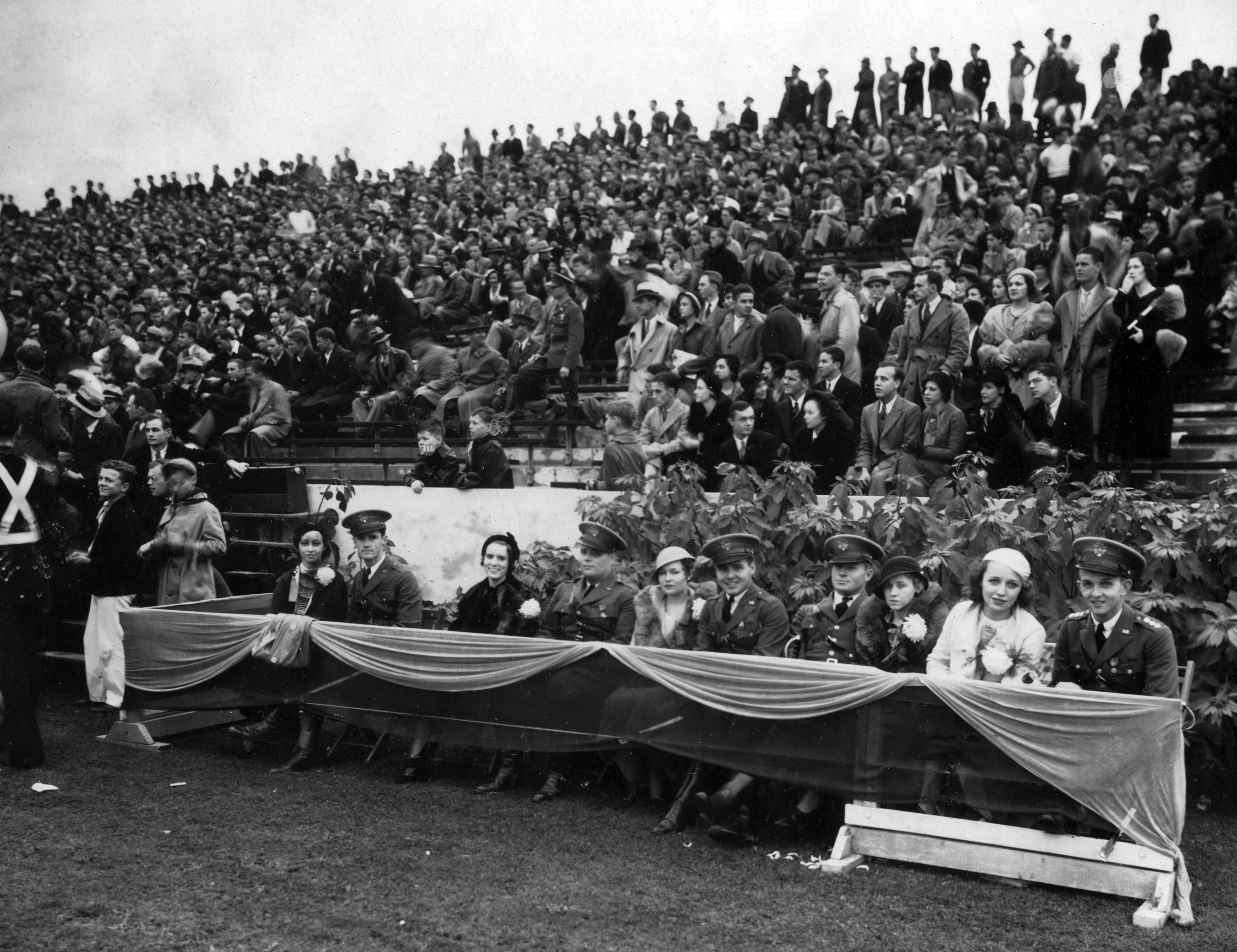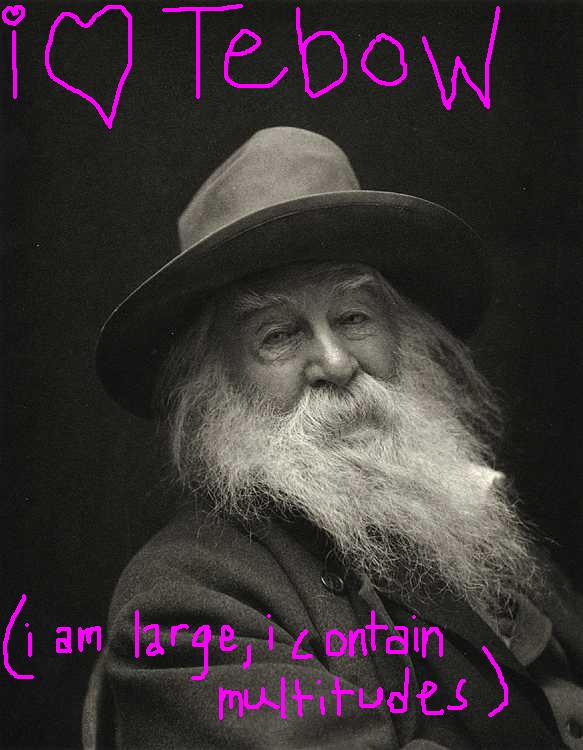“Football Weather”
by
Paul Carroll
As a kid I tried to coax its coming
By sleeping beneath light sheets
Weeks before
The funeral of the summer locusts in the yard;
Then when Granny peeled down the crucifix of
flypaper that dangled from the ceiling of the
kitchen
Magic wasn’t needed any longer
To fill the air with pigskins. The air itself
Acrid, lambent, bright
As the robes of the Chinese gods inside their
house of glass
In the Field Museum by the lake.
Even practice could be fun—
The way, say, even sepia photographs of old-time
All Americans could be pirates’ gold
Like my favorite Bill Corbus, Stanford’s “Baby-
Face Assassin” crouching at right guard, the
last to play without a helmet on—
And the fun of testing muscles out
Like new shoes; the odor of the locker room
pungent
As the inside of a pumpkin;
And the sting of that wet towel twirled against
bare butt by a genial, roaring Ziggy, Mt.
Carmel’s All State tackle from Immaculate
Conception Parish near the mills;
And then the victory, especially the close shaves,
could feel
Like finally getting beneath a girl’s brassiere
She’ll let you keep
Unhooked for hours while you neck
Until the windshield of your Granddad’s Ford V-8
Becomes filled by a fog
Not even Fu Manchu could penetrate. Jack,
Next football weather my son Luke will be in high
school,
Bigger than I was and well-coordinated—but
Couldn’t care a plenary indulgence
If he ever lugs a pigskin down the turf
Or hits a long shot on the court. At times, I wish he
would.
So he might taste the happiness you knew
Snagging Chris Zoukis’ low pass to torpedo nine
long yards to touchdown
And sink archrival Lawrence High
45 years ago come this Thanksgiving Day. Still,
He has his own intensities
As wild as sports and writing were for us:
Luke’s the seventh Rolling Stone,
His electric guitar elegant and shiny black
As a quiet street at night
Glazed by rain and pumpkin frost.








